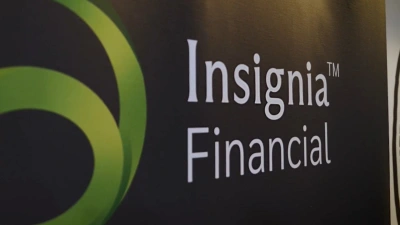Australia’s high wealth tax gap stands at 7.7%


Australia’s high wealth companies and individuals are mostly doing the right thing, according to the latest data released by the Australian Taxation Office (ATO).
The Commissioner for Taxation, Chris Jordan revealed the ATO’s first-ever tax gap for the high wealth market working on 2016-17 data which showed that the cohort met more than 90% of its obligations voluntarily.
“Our intervention further increases the collection rate to over 92%, resulting in a revenue collection of nearly $9.3 billion. This means the gap is $772 million, or 7.7%,” he said.
Jordan said that the gap sat midway between the ATO’s estimates for large and small business markets and slightly behind individuals.
“In Australia the high wealth market represents 5,000 high wealth groups, comprising 9,000 individuals and 18,000 private companies,” Jordan said. “So it’s pleasing to see this market performing reasonably well compared to our other client segments.”
“However, with a net tax gap of 7.7%, there is clearly still work for us to do. And that’s the benefit of the tax gaps – they show us where to focus our attention to achieve the best outcomes.”
Recommended for you
A financial advice firm has been penalised $11 million in the Federal Court for providing ‘cookie cutter advice’ to its clients and breaching conflicted remuneration rules.
Insignia Financial has experienced total quarterly net outflows of $1.8 billion as a result of client rebalancing, while its multi-asset flows halved from the prior quarter.
Prime Financial is looking to shed its “sleeping giant” reputation with larger M&A transactions going forward, having agreed to acquire research firm Lincoln Indicators.
An affiliate of Pinnacle Investment Management has expanded its reach with a London office as the fund manager seeks to grow its overseas distribution into the UK and Europe.














